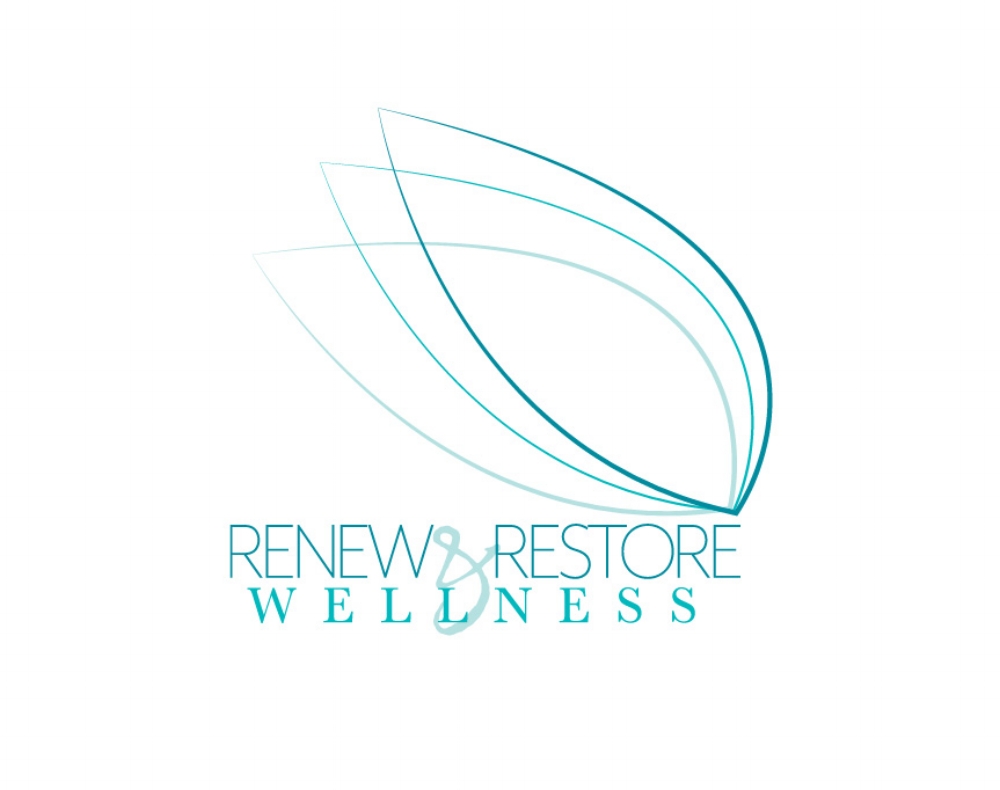Pediatric Chiropractors
/By Dr. Nikki
In the healthcare world there are a large variety of credentials that can be found listed after your healthcare provider’s name. In the chiropractic realm, all licensed chiropractors have D.C. after their name, which stands for Doctor of Chiropractic. But many chiropractors will have additional credentials when they earn post-doctoral diplomate certifications in various subspecialties. These subspecialties can include veterinary chiropractic, spinal trauma, sport science, radiology, pediatrics and other niche disciplines [1].
There are a few different credentials specific to pediatric and/or prenatal chiropractic. One is the Diplomate in Clinical Chiropractic Pediatrics (DICCP), which is a Board Certified credential through the International Chiropractic Association (ICA). [2] Two others are a Certification by the Academy Council of Chiropractic Pediatrics (CACCP) and a Diplomate in the Academy Council of Chiropractic Pediatrics (DACCP), which are offered through The International Chiropractic Pediatric Association (ICPA).
So why do I bring all of this up? As chiropractors, we obtain a fairly extensive amount of education in a pretty condensed amount of time. (If you’re curious about specifics of our education, check out this previous blog post.) During those 10 trimesters of schooling, only one course, over one trimester, is dedicated to learning about pediatric chiropractic care. If we stop and think about a majority of other healthcare professionals, each field has a subspecialty in pediatric… pediatricians (medical doctor), pediatric nurse, pediatric physical therapist, pediatric orthopedic specialist, pediatric dentist, etc. I know that in conversations with some of my friends and patients who work as pediatricians or pediatric nurses, they are terrified to work with adults because it’s so different from working with kids!
What makes the pediatric population so different than the adult that all of these fields have professionals dedicated to solely that population? The list is actually quite extensive, but I will focus on a few that are more relevant to chiropractic.
An adult human has 206 bones, but at birth, a baby actually has 300 bones! Some of these bones are made entirely out of cartilage and some are partially cartilage. As the baby grows, that cartilage grows and slowly becomes bone with the help of calcium. [3]
Babies are born with special reflexes that aid them in the birth process as well as survival of those first days/weeks of life. (To read more about primitive reflexes, check out this post). These reflexes will gradually integrate into the nervous system and no longer be present as the baby grows. The absence and/or presence of primitive reflexes at different ages can be very significant in the overall development of a child.
Babies and children are constantly changing as they grow and develop. There are specific milestones that children typically hit during certain age ranges. If a child is struggling to hit a certain milestone, this can be significant.
As you can probably imagine, these three factors alone, require a different set of skills/techniques for chiropractic treatment, as well as a different/additional knowledge base.
To find a chiropractor in your area who specializes in the care of children here are some helpful links:
https://icpa4kids.com/find-a-pediatric-chiropractor
If there aren’t any doctors popping up on a list in your area, you can always call around and ask questions to gauge a doctor’s experience in treating babies and kids.
Does the chiropractor focus any of their continuing education on pediatric care?
How much of their practice is made up of pediatric patients?
As always, we at Renew & Restore Wellness are here for you! If you live in the Southlake, Las Colinas, or Arlington areas, we would love to be your pediatric or prenatal chiropractor. If you live further away, but would like help finding the right chiropractor for your family, we are always happy to help.
Resources:
1) https://www.nbce.org/about-nbce/chiropractic-care/certification-and-licensure/
2) https://www.icapediatrics.com/diplomate-program/
3) https://kidshealth.org/en/kids/bones.html



